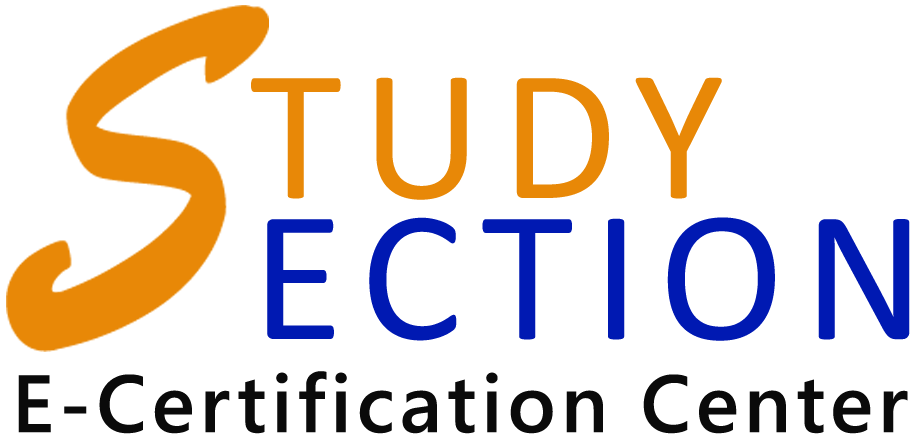Software testing is a critical phase in the software development lifecycle, ensuring that the developed software meets quality standards and performs as expected. However, estimating the effort required for testing tasks accurately can be challenging, often leading to delays and cost overruns. Traditional estimation methods rely on expert judgment and historical data, but they may lack precision and scalability.
Machine learning (ML) techniques offer a promising approach to improving the accuracy of software testing effort prediction by leveraging historical data and identifying complex patterns. In this blog post, we’ll explore various ML techniques that can be employed for software testing effort prediction and discuss their benefits and challenges.
1. Data Preprocessing:
Before applying ML algorithms, it’s crucial to preprocess the data to ensure its quality and suitability for training. This includes handling missing values, encoding categorical variables, scaling numerical features, and splitting the data into training and testing sets.
2. Feature Selection:
Feature selection aims to identify the most relevant features that contribute to the prediction task while eliminating irrelevant or redundant ones. Techniques such as correlation analysis, recursive feature elimination, and feature importance scores from tree-based models can help in selecting the most informative features.
3. Regression Techniques:
Regression algorithms are commonly used for estimating continuous variables, making them suitable for software testing effort prediction. Some popular regression techniques include:
- Linear Regression: A simple and interpretable model that assumes a linear relationship between input features and the target variable.
- Support Vector Regression (SVR): Suitable for datasets with complex relationships, SVR aims to find the hyperplane that best fits the data while maximizing the margin.
- Random Forest Regression: An ensemble learning method that combines multiple decision trees to improve prediction accuracy and handle nonlinear relationships.
4. Time Series Analysis:
In software development, testing effort estimation often involves predicting future efforts based on past data. Time series analysis techniques, such as autoregressive integrated moving averages (ARIMA) and seasonal decomposition, can be used to model and forecast testing effort trends over time.
5. Neural Networks:
Deep learning techniques, particularly neural networks, have shown remarkable performance in various prediction tasks, including software testing effort estimation. Architectures like feedforward neural networks, recurrent neural networks (RNNs), and long short-term memory (LSTM) networks can capture complex patterns in the data and make accurate predictions.
Conclusion:
Machine learning techniques offer a promising approach to improve software testing effort prediction, enabling more accurate and efficient resource allocation in software development projects. By leveraging historical data and identifying complex patterns, ML models can provide valuable insights into testing effort estimation. However, addressing challenges such as data quality, model interpretability, and overfitting is crucial to ensure the reliability and effectiveness of ML-based approaches in software testing.




